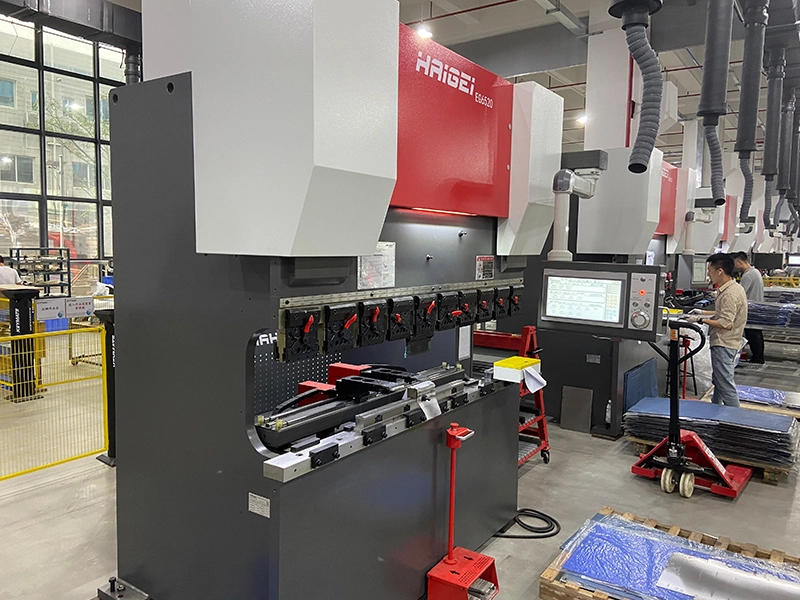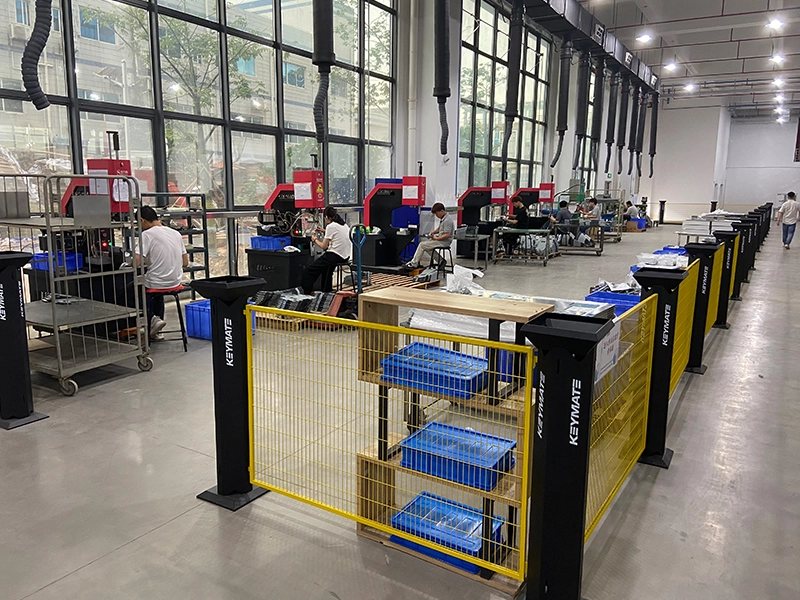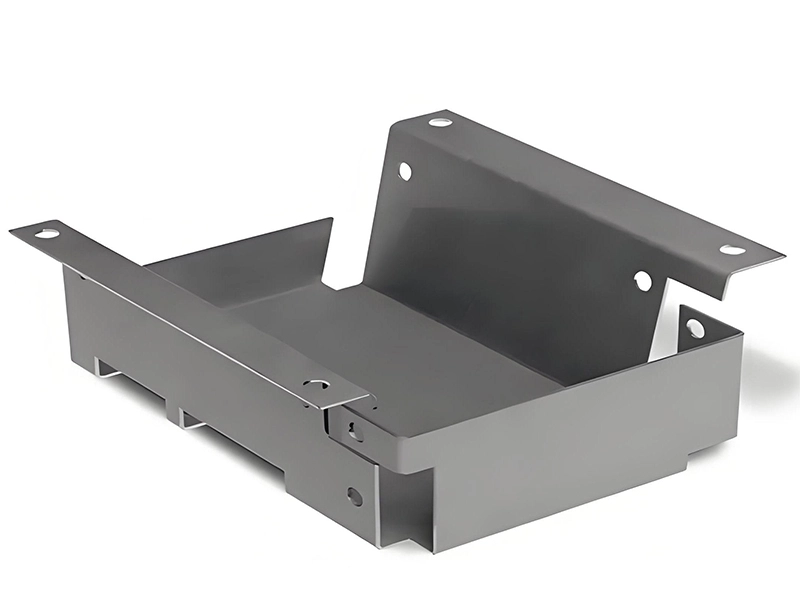Sheet Metal Bending
Precionn has various models and specifications of sheet metal bending equipment, which can bend sheet metal of different angles and thicknesses of various materials. It is the key process to ensure the finished size of sheet metal parts.




What is Sheet Metal Bending?
Bending is a process of folding and bending flat panels, which follows closely after the cutting process in the entire processing chain. The workpiece is placed on a concave mold with a V-shaped opening. The wedge-shaped tool (upper blade) presses the workpiece into the V-shaped opening and bends the sheet metal to the desired angle in this way.
Most bending parts are made using processes and methods such as hanging bending, in mold bending, folding and pressing. The homework method follows the same principle: punching the core to press the workpiece into the lower mold of the concave die. Therefore, the bending machine that performs the above processes and methods is called a compression bending machine.
What Are The Types of Sheet Metal Bending??
Punching presses the workpiece into the concave mold, but does not press it against the mold wall. During the downward movement of the punch core, the edge of the workpiece bends upwards and forms an angle. The deeper the punch core presses the workpiece into the concave mold, the smaller the angle. At this point, there is a gap between the punch and the die.
The punching core completely presses the workpiece into the die, so there is no gap between the die, workpiece, and punching core. This process is called mold closing. The punching core and the concave mold must be precisely adhered to each other.
The built-in bending arm of the machine tool is composed of C-shaped profiles, on which lower and upper bending molds are installed. When bending, the C-shaped profile moves upwards or downwards, or undergoes a small-scale elliptical motion, that is, flipping.
The edges of the board are usually completely bent (such as the edges of a box), and then folded parallel to each other. The finished product as a whole is therefore more stable or forms edge protection.
What Materials Are Available For Sheet Metal Bending?
Carbon steel plate, also known as sppc cold-rolled steel plate. SPCC cold-rolled steel plate is the most commonly used material in sheet metal processing, and also the easiest material to achieve sheet metal bending technology.
Stainless steel plates, commonly used ones include SUS201, SUS304, SUS316, 1CR17, etc. Because stainless steel has strong rust prevention ability, it can be used in humid environments or outdoors without surface treatment.
Aluminum and copper plates. These two materials are somewhat similar to stainless steel. Generally, scratches and indentations are not allowed on the surface. Another thing is quite special. Bending is prone to cracking. Purple copper plates generally do not have cracks, yellow copper plates are poor, and many types of aluminum plates are prone to cracking when bent.
Hot rolled steel plate. The above materials require different bending processes for operation due to their material properties. Hot rolled steel plate is the most afraid and difficult material to bend during bending. Hot rolled steel plate, also known as SPHC, generates a very hard layer of iron oxide on its surface during the rolling process. It is easy to crack during the bending process
Advantages of Sheet Metal Bending Services
- Realize the feature processing of sheet metal parts, such as bending, folding, and rounding, in order to achieve sheet metal forming.
- Improving the strength and rigidity of sheet metal parts: By using bending technology, the sheet metal parts undergo plastic deformation, increasing the cross-sectional area and thus enhancing the strength of the product.
- Reduce the cost of sheet metal parts: sheet metal bending operation is simple, equipment investment is low, and the process is flexible, thereby reducing the cost of sheet metal products.
- Realize mass production: Sheet metal bending technology can achieve mass production of similar sheet metal parts through mold design and manufacturing, improving production efficiency
- 510, Building M, Flying Pigeon Industrial Park, No. 1223 Guanguang Road, Guanlan Street, Longhua District, Shenzhen, Guangdong, China
- +8618688772802
- info@precionn.com
